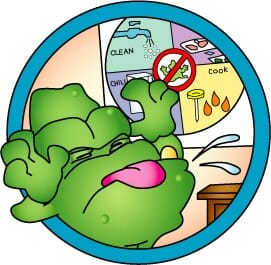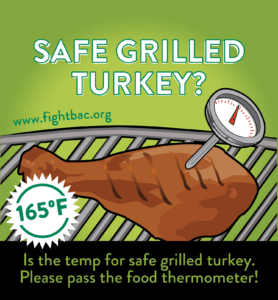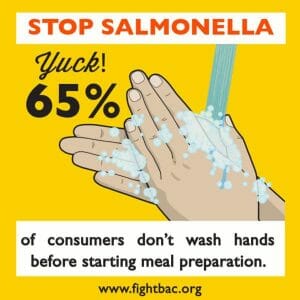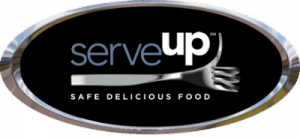 During warm weather, it is especially important to take extra precautions and practice safe food handling when preparing perishable foods such as meat, poultry, seafood and egg products. The warmer weather conditions may be ideal for outdoor picnics and barbecues, but they also provide a perfect environment for bacteria and other pathogens in food to multiply rapidly and cause foodborne illness. Follow the suggestions below to Fight BAC!® (foodborne bacteria) and reduce the risk of foodborne illness this summer.
During warm weather, it is especially important to take extra precautions and practice safe food handling when preparing perishable foods such as meat, poultry, seafood and egg products. The warmer weather conditions may be ideal for outdoor picnics and barbecues, but they also provide a perfect environment for bacteria and other pathogens in food to multiply rapidly and cause foodborne illness. Follow the suggestions below to Fight BAC!® (foodborne bacteria) and reduce the risk of foodborne illness this summer.
- Wash, Wash, Wash Your Hands. Always wash your hands with warm water and soap for at least 20 seconds before and after handling food. Sing Row, Row, Row Your Boat twice to get a sense of how long you should wash.
- Marinating Mandate. Always marinate food in the refrigerator. Don’t use sauce that was used to marinate raw meat or poultry on cooked food. Reserve a portion of the unused marinade to use as a sauce.
- Hot, Hot, Hot. When grilling foods, preheat the coals on your grill for 20 to 30 minutes, or until the coals are lightly coated with ash.
- Temperature Gauge. Use a food thermometer to ensure that food reaches a safe internal temperature.
- Where’s the Beef? Chicken and Fish? Hamburgers should be cooked to 160 ºF, while large cuts of beef such as roasts and steaks may be cooked to 145 ºF for medium rare or to 160 ºF for medium. Poultry must reach a temperature of 165 °F. Fish should be opaque and flake easily.
- Stay Away from that Same Old Plate. When taking foods off the grill, do not put cooked food items back on the same plate that held raw food, unless it has been washed with hot water and soap first. And in hot weather (above 90°F) foods should never sit out for more than one hour before going in the refrigerator.
- Icebox Etiquette. A full cooler will maintain its cold temperatures longer than one that is partially filled so it is important to pack plenty of extra ice or freezer packs to ensure a constant cold temperature. Keep the cooler out of the direct sun. Keep drinks in a separate cooler from foods. The beverage cooler will be opened frequently while the food cooler stays cold.
Resources
If you have more questions or concerns about food safety, contact:
- The U.S. Department of Agriculture (USDA) Meat and Poultry Hotline at 1-888-MPHotline (1-888-674-6854). TTY 1-800-256-7072.
- The Fight BAC!® Web site at www.fightbac.org
- Gateway to Government Food Safety Information at www.foodsafety.gov
The Partnership for Food Safety Education is a non-profit organization and creator and steward of the Fight BAC!® consumer education program. The Partnership is dedicated to providing the public with science-based, actionable recommendations for the prevention of foodborne illness.











